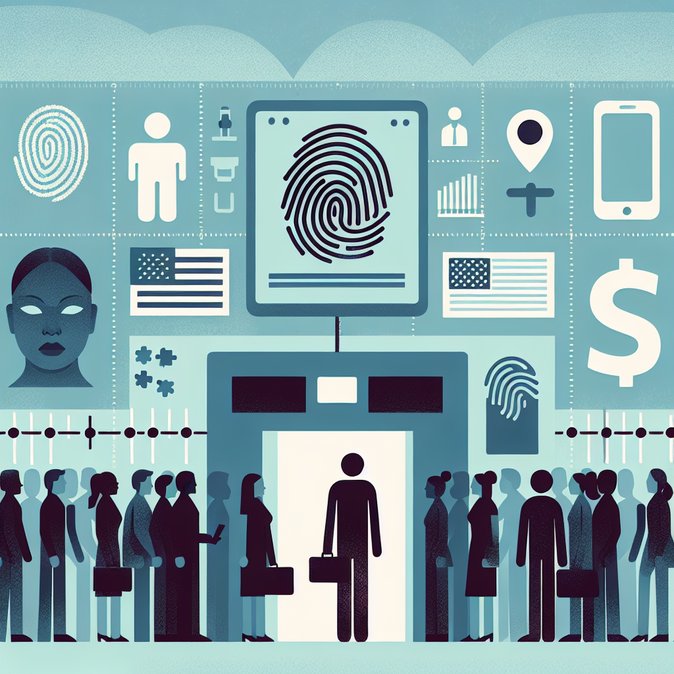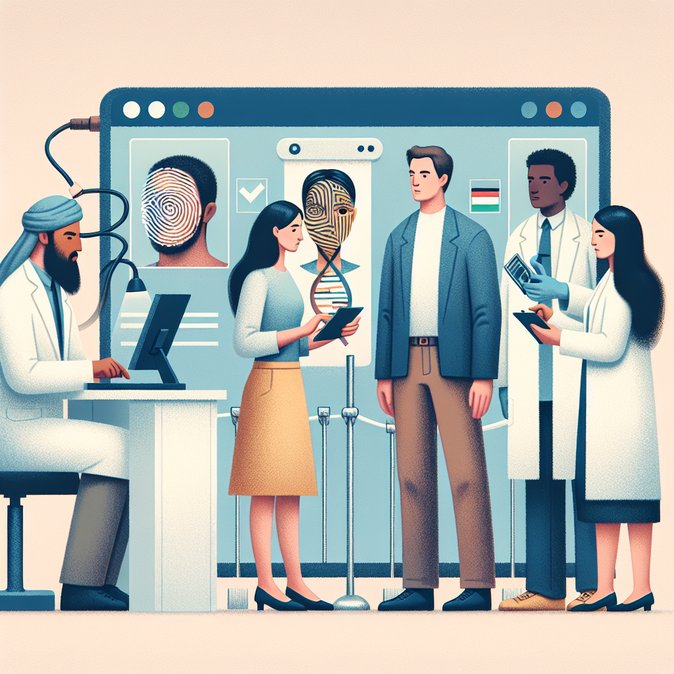
The U.S. Department of Homeland Security (DHS) published a sweeping proposed rule on November 3 that would dramatically expand the government’s use of biometrics in every stage of the immigration process.
Under current regulations, fingerprints, photographs and—more rarely—DNA samples are taken only in limited circumstances and for 26 specific immigration forms. The new rule would give U.S. Citizenship and Immigration Services (USCIS), Customs and Border Protection (CBP) and Immigration and Customs Enforcement (ICE) authority to require fingerprints, facial and iris scans and DNA swabs from any foreign national—or U.S. citizen petitioner—who is connected to an immigration filing or enforcement action. DHS says the change will cut identity-fraud risk, speed adjudications and help fight trafficking and child smuggling.
![DHS unveils $2.5 billion plan to collect DNA and other biometrics from all immigration applicants]()
DHS estimates start-up and operating costs at roughly $288 million a year, or $2.5 billion over ten years, and that more than three million people a year would be screened. The proposal also adds biometric “good-moral-character” checks for naturalization and allows DHS to request DNA to verify family relationships in immigrant visa cases.
Business-immigration attorneys warn that the rule could lengthen processing times and increase compliance burdens for employers—especially those sponsoring large numbers of H-1B, L-1 or PERM cases—because each beneficiary and accompanying family member would require appointments for new biometrics. Privacy advocates argue that routine DNA collection on this scale is unprecedented and could expose large numbers of U.S. citizens (for example, parents filing for children) to indefinite genomic data retention.
The proposal is open for public comment until January 2, 2026. DHS says it will issue a final rule after reviewing comments, but has not given an implementation timeline. Companies with mobility programs are already being advised to budget for additional lead time and to update onboarding checklists in anticipation of mandatory DNA collection.
Under current regulations, fingerprints, photographs and—more rarely—DNA samples are taken only in limited circumstances and for 26 specific immigration forms. The new rule would give U.S. Citizenship and Immigration Services (USCIS), Customs and Border Protection (CBP) and Immigration and Customs Enforcement (ICE) authority to require fingerprints, facial and iris scans and DNA swabs from any foreign national—or U.S. citizen petitioner—who is connected to an immigration filing or enforcement action. DHS says the change will cut identity-fraud risk, speed adjudications and help fight trafficking and child smuggling.

DHS estimates start-up and operating costs at roughly $288 million a year, or $2.5 billion over ten years, and that more than three million people a year would be screened. The proposal also adds biometric “good-moral-character” checks for naturalization and allows DHS to request DNA to verify family relationships in immigrant visa cases.
Business-immigration attorneys warn that the rule could lengthen processing times and increase compliance burdens for employers—especially those sponsoring large numbers of H-1B, L-1 or PERM cases—because each beneficiary and accompanying family member would require appointments for new biometrics. Privacy advocates argue that routine DNA collection on this scale is unprecedented and could expose large numbers of U.S. citizens (for example, parents filing for children) to indefinite genomic data retention.
The proposal is open for public comment until January 2, 2026. DHS says it will issue a final rule after reviewing comments, but has not given an implementation timeline. Companies with mobility programs are already being advised to budget for additional lead time and to update onboarding checklists in anticipation of mandatory DNA collection.












